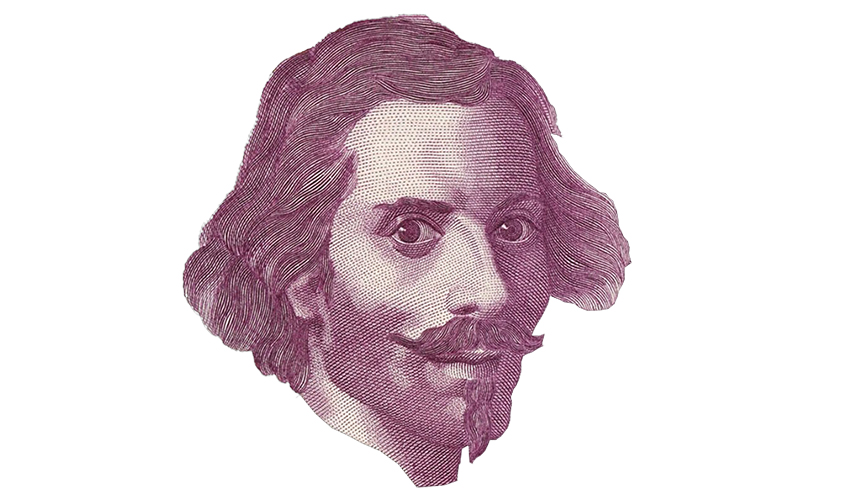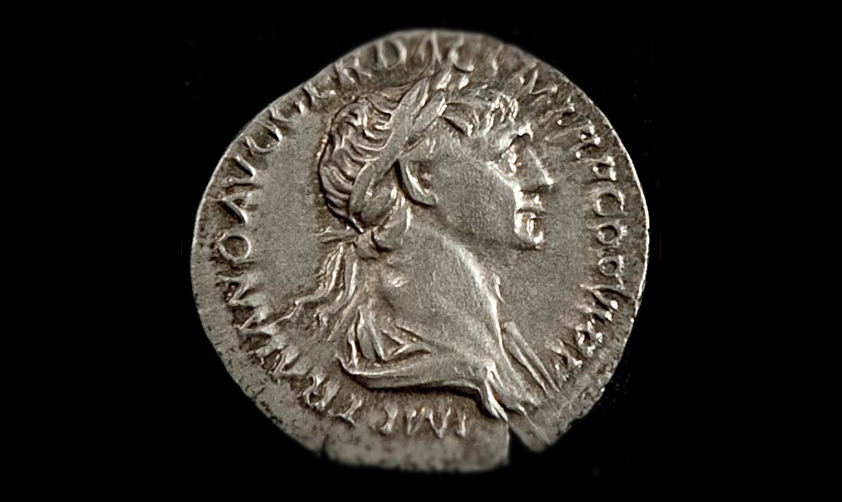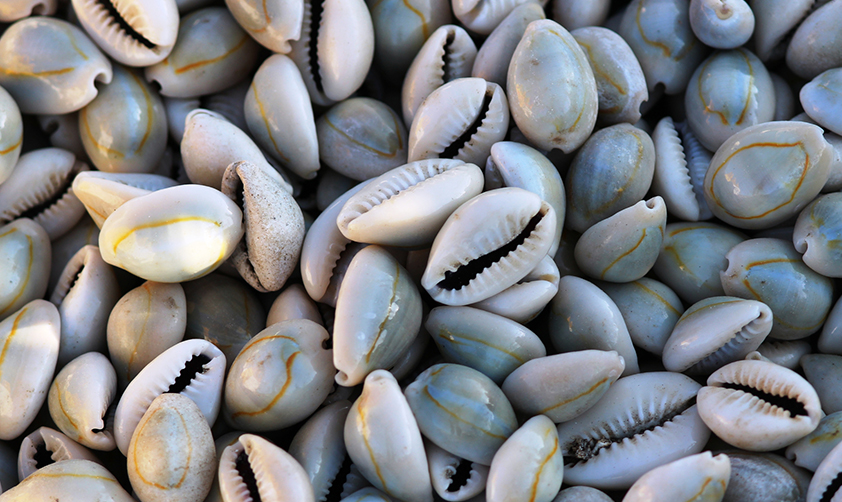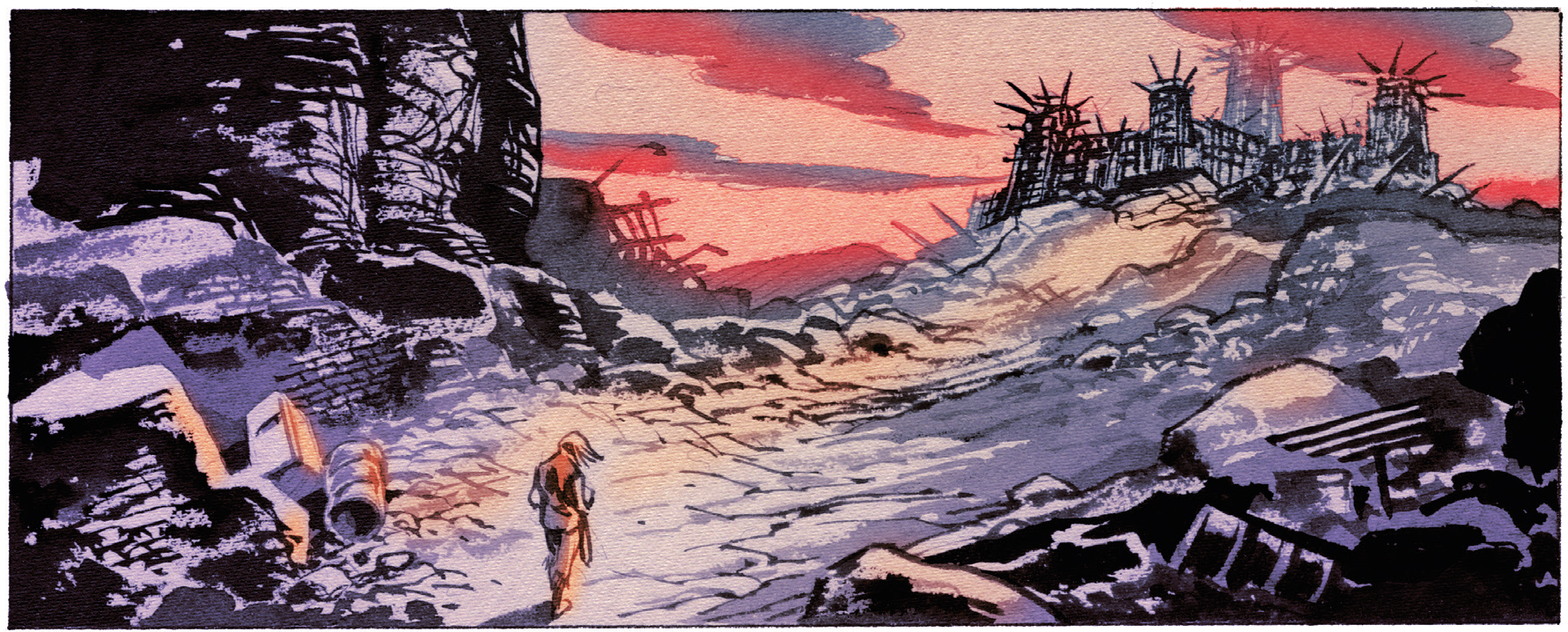
They were times of barbarity.
And violence.
Settling every conflict.
Then came trade.
And the object to be used in trade.
The first challenge when popularizing monetary and financial concepts is the widespread perception that the subject is either incredibly boring or too difficult to understand.
Answering such basic questions as 'What is money?' is quite a tricky undertaking, especially since money is conceptually quite different from the money as an object that we use in making payments. Because the distinction is real, it has been possible for a very wide range of objects to take on monetary functions over the centuries and across different countries and continents. This has facilitated trade, providing a tentative measure for the value of goods and services, and even enabling future exchanges to be planned. As we go back in history, we see that just about anything (a shell, a piece of bronze, a sheet of paper...) can be used as currency... as long as people have trust in its value.
Of course, the invention of minted money, 2,500 years ago, helped speed up and strengthen this public trust. Minted money was a monetary instrument certified by a seal - of the sovereign in ancient times, or of a central bank in modern times. This trust has strengthened over time and currency is now indispensable to everyday life, even though it has become increasingly abstract and immaterial, taking the forms of electronic payments, virtual capital and digital currencies.
So, one of the educational aims of MUDEM is to spark an active debate around the notion of money and to involve as wide an audience as possible. This is why we decided to experiment with modes of communication that are unusual for this subject... such as the comic strip.
Comics are undoubtedly popular among young people and also one of the most versatile iconographic codes. Originally conceived for pure entertainment (they were pocket-sized), over the years comics have proven highly adaptable as a vehicle for all kinds of stories and contents and in more recent years have also been used in educational projects. Learning 'through images' is shown to be highly effective because it is an immediate and intuitive mode of learning that actively engages, entertains and draws readers in.
Of course, we need to balance the peculiar aesthetic and narrative structure of comics with the requirements of scientific rigour in handling this type of content. Too much visual detail, for instance, would get in the way of the narrative and its enjoyability, and overload the individual frames.
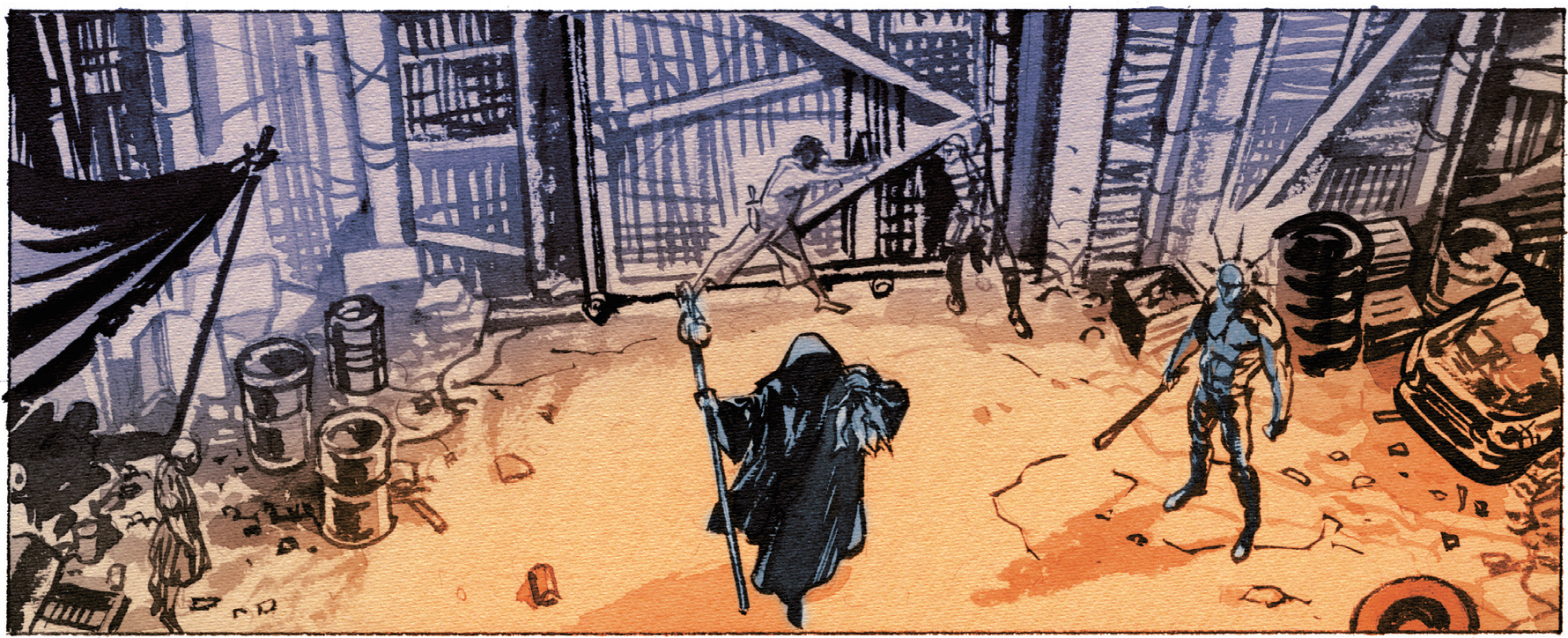
Italy's National Research Centre (CNR) has been one of the most active institutions in this field, publishing the Comics & Science series over the past ten years. It's an educational comic book edited by Roberto Natalini and Andrea Plazzi, providing the public with rigorous and reliable narrative content in the form of compelling and captivating comics.
Bottlecap - The MUDEM Issue is a comic strip written by Giovanni Eccher[1] with drawings by Giuseppe Palumbo[2], and comes from the collaboration between MUDEM, CNR Edizioni and the Comics & Science team. Its aim is to answer the question 'What is money?'. Knowing that a comic strip could not replace the thousands of works on this subject, the authors created a special thought experiment, imagining a post-apocalyptic scenario in which traditional cultural, social and relational norms no longer exist and the institutions as we know them are unable to ensure order and security. In such a situation, it is likely that people would find it more natural and expedient to resort to violence, because of fear, scepticism and the need to survive. They'd compete to get the better of one another, only to risk succumbing in turn in a later fight.
Under such extreme and changing circumstances, Giovanni and Giuseppe wondered whether currencies would survive, and in what form.




